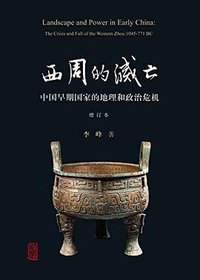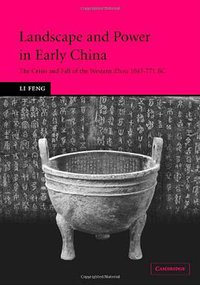Landscape and Power in Early China
豆瓣
The Crisis and Fall of the Western Zhou 1045-771 BC
Li Feng
简介
The ascendancy of the Western Zhou in Bronze Age China, 1045–771 BC, was a critical period in the development of Chinese civilisation and culture. This book addresses the complex relationship between geography and political power in the context of the crisis and fall of the Western Zhou state. Drawing on the latest archaeological discoveries, the book shows how inscribed bronze vessels can be used to reveal changes in the political space of the period and explores literary and geographical evidence to produce a coherent understanding of the Bronze Age past. By taking an interdisciplinary approach which embraces archaeology, history and geography, the book thoroughly reinterprets late Western Zhou history and probes the causes of its gradual decline and eventual fall. Supported throughout by maps created from the GIS datasets and by numerous on-site photographs, Landscape and Power in Early China gives significant insights into this important Bronze Age society.
contents
Frontmatter
Contents
List of figures
List of maps
Acknowledgments
Scholarly conventions
Topographical map of China
Chronology of Western Zhou kings
The sixty-day circle
Introduction
1 - Foundation of the Western Zhou state: constructing the political space
2 - Disorder and decline: the political crisis of the Western Zhou state
3 - Enemies at the gate: the war against the Xianyun and the northwestern frontier
4 - The fall of the Western Zhou: partisan struggle and spatial collapse
5 - The eastward migration: reconfiguring the Western Zhou state
6 - The legacy of the Western Zhou
Conclusion
Appendix 1 - The periphery: the Western Zhou state at its maximum geographical extent
Appendix 2 - The relationship between the Quanrong and the Xianyunpp 343-346
Appendix 3 - The Bamboo Annals and issues of the chronology of King You's reign
Bibliography
Index to inscribed bronzes
General index


